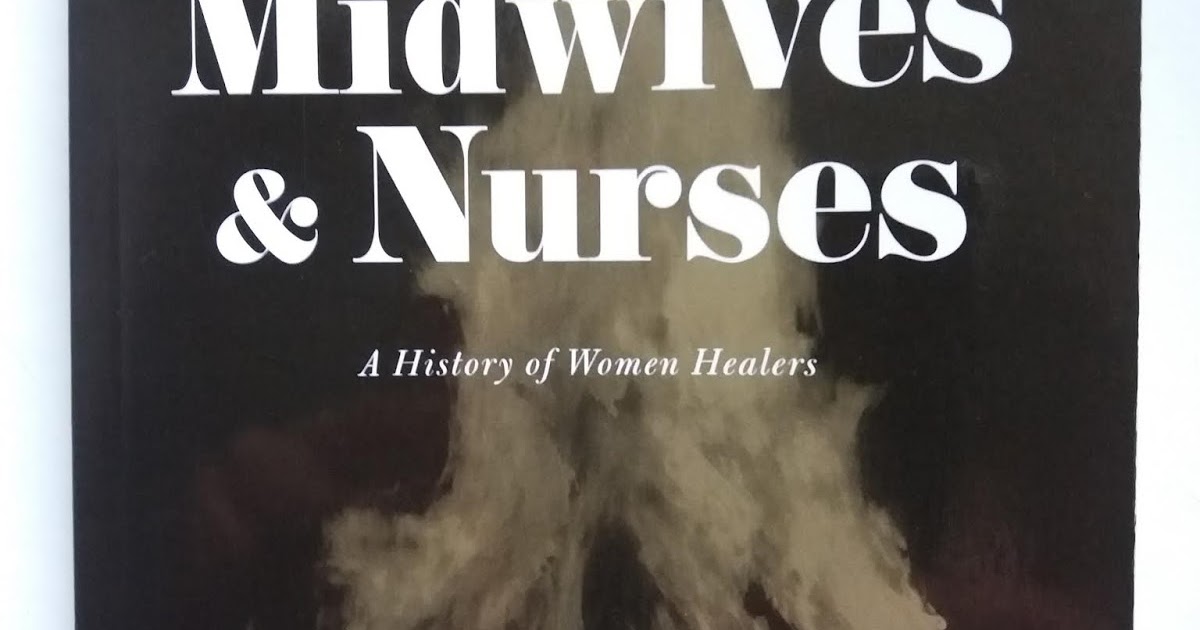
Analysisīy framing their conclusions as seven bullet-pointed paragraphs, Ehrenreich and English use a list-based literary device. And finally, "our oppression as women health workers today is inextricably linked to our oppression as women" (102). Sixth, that "we must break down the distinctions and barriers between women health workers and women consumers" (102). Fifth, "professionalism in medicine is nothing more than the institutionalization of male upper-class monopoly" (101). Fourth, "men maintain their power in the health system through they monopoly of scientific knowledge" (100). Third, "there is no historically consistent justification for the exclusion of women from healing roles" and there is nothing innate in femininity "to justify our present subservience" (100).


Second, the "enemy" is not individual men but a sexist and classist social system (100).

First, women "have not been passive bystanders in the history of medicine" (99). In this new edition, Barbara Ehrenreich and Deirdre English have written an entirely new chapter that delves into the current fascination with and. Ehrenreich and English's research has led them to the following conclusions. Witches, Midwives, & Nurses, first published by the Feminist Press in 1973, is an essential book about the corruption of the medical establishment and its historic roots in witch hunters.


 0 kommentar(er)
0 kommentar(er)
